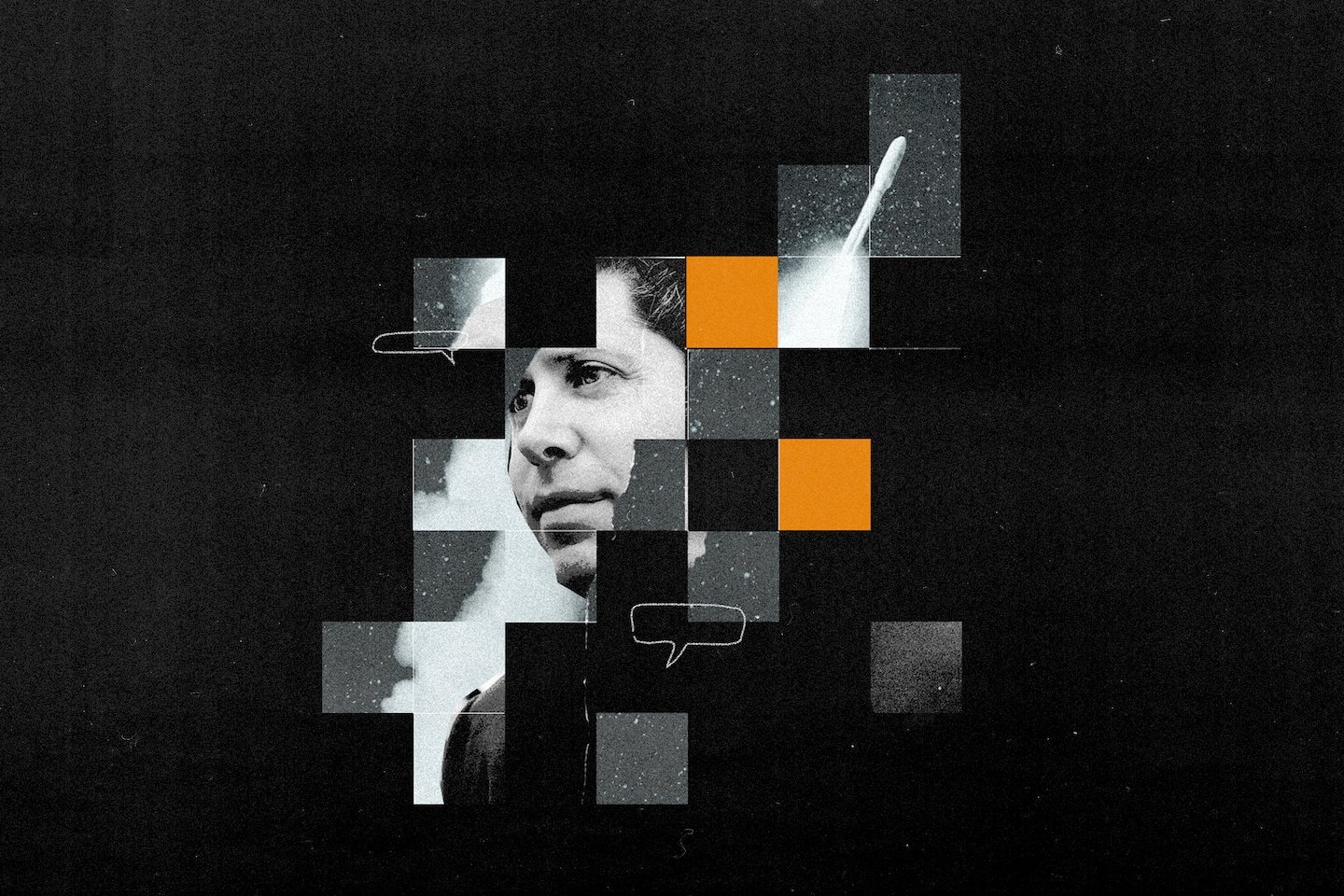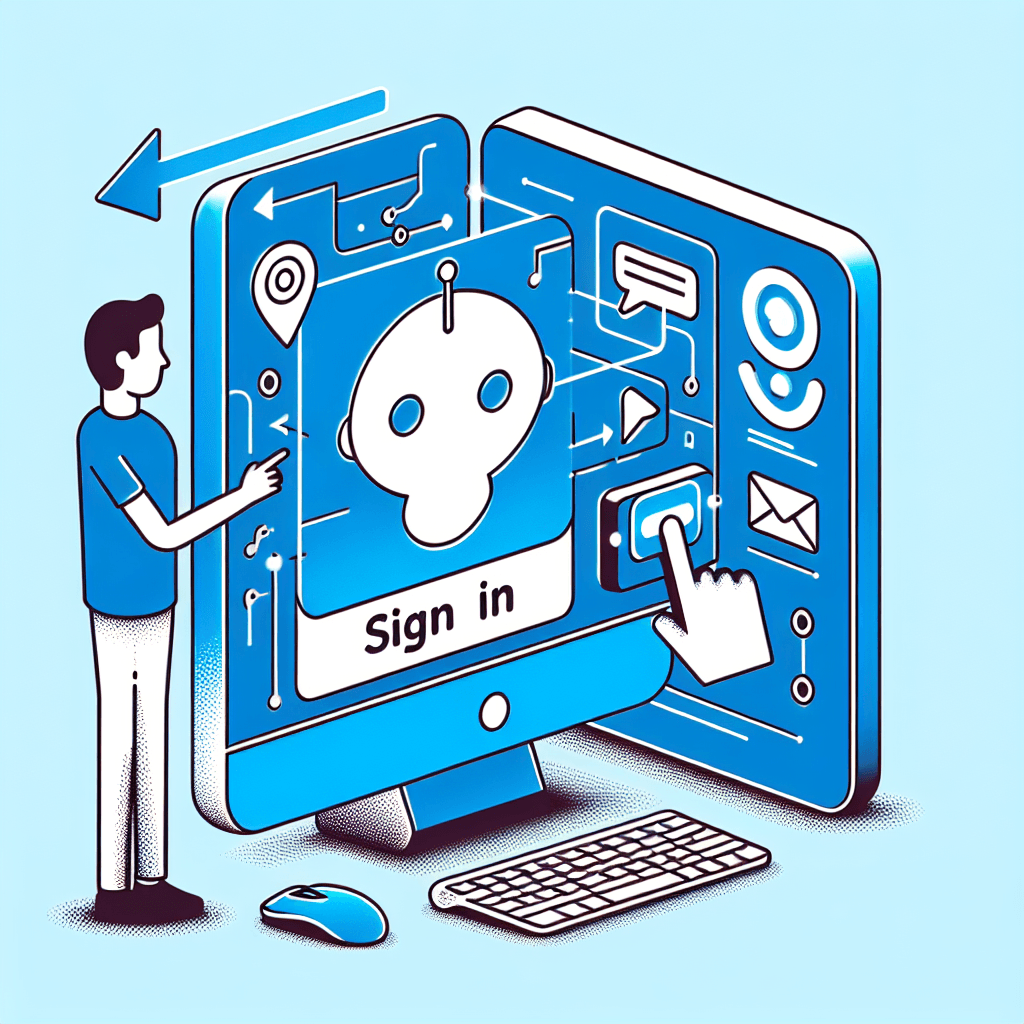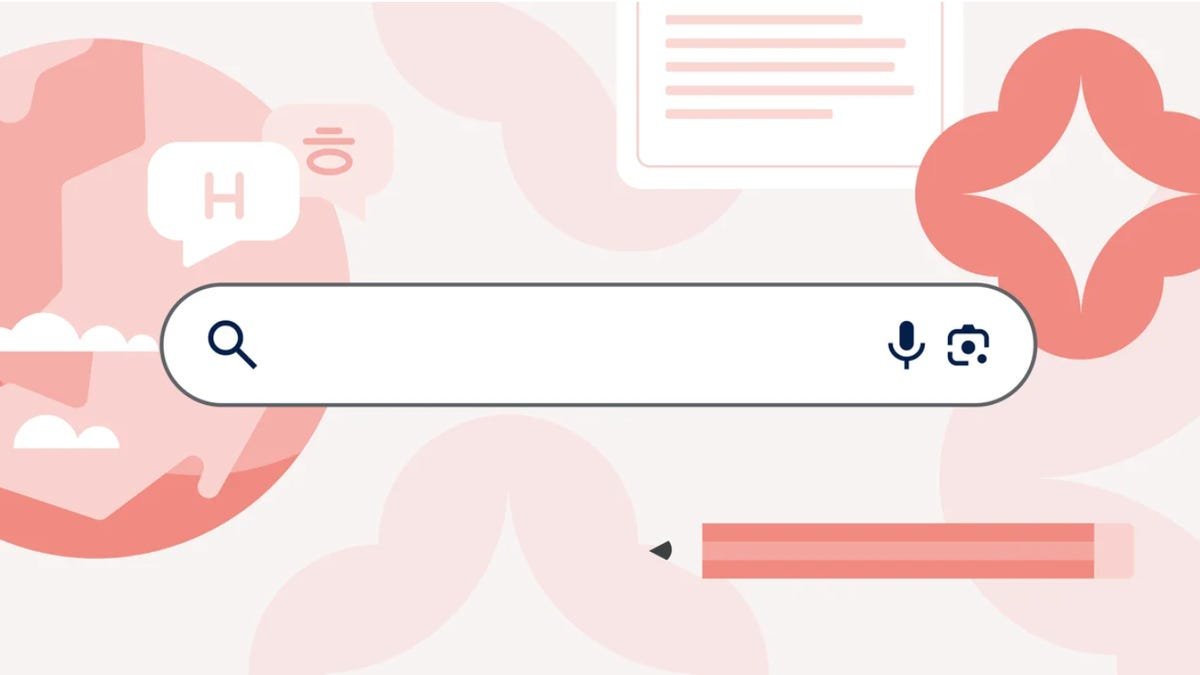AI-Powered Ticketing Cameras: The New Era of Bus Lane Enforcement
Introduction: A Shift in Traffic Management
As cities across the United States face ongoing challenges with traffic congestion and public transportation efficiency, a new technological solution is emerging: AI-powered cameras designed to monitor bus lanes. This integration of cutting-edge technology aims to enhance urban mobility by preventing illegal parking in crucial bus lanes, but the implementation journey has not been without its hiccups.
The Rise of AI in Urban Traffic Solutions
Recent developments indicate that major transit systems are now deploying AI-driven cameras to enforce bus lane regulations. Steve Inskeep, the host of NPR’s Morning Edition, highlights this trend, cautioning drivers who may habitually park in bus lanes for quick errands. With cities implementing these systems, the stakes for noncompliant drivers have never been higher.
Cameras on the Frontline: How Do They Work?
The cameras, strategically mounted on the front windshields of buses, are engineered to capture everything happening in front of them. Charley Territo, an expert from Hayden AI, demonstrates this technology using a specially equipped vehicle in New Jersey. As the system navigates urban settings, it automatically identifies various objects, rapidly searching for license plates on vehicles obstructing bus lanes.
Expanding Reach: Cities Adopting AI Camera Systems
In just three years, Hayden AI has collaborated with transit agencies in significant metropolitan areas—New York City, Washington D.C., Oakland, and Los Angeles. As discussions continue with cities like Philadelphia and Chicago, the potential impact of these systems is becoming increasingly evident.
The Primary Objective: Keeping Buses Moving
Territo emphasizes that the ultimate aim of this technology is not primarily about ticketing but rather to shift driver behavior. "We are seeing a reduction in the number of repeat offenders," he notes, signaling success in modifying traffic habits.
Positive Feedback from Transit Officials
Transit officials in New York echo these sentiments. Rich Davey, former president of the Metropolitan Transportation Authority (MTA), asserts that the initiative is yielding tangible results. "It’s changing behavior, which is what we want, and it’s speeding up our buses," he explains.
Challenges in Public Transportation: Rider Experiences
More than 2 million passengers ride New York’s buses daily, and efforts to increase their efficiency have become paramount. Riders have voiced concerns regarding bus reliability, wait times, and the disruptive effects of traffic on their daily commutes.
Addressing Slow Bus Services
Transit advocates argue that the sluggish service is a significant deterrent for potential bus riders in the United States compared to other countries. Since the introduction of AI cameras, the MTA reports a 5% increase in bus speeds on affected routes, leading to an expansion of the program to cover 20 additional bus routes and over a thousand more buses.
Controversy Unfolds: Misissued Tickets
Not all feedback has been positive. George Han, a resident of Manhattan’s Upper East Side, recounts his frustrating experience after receiving multiple tickets, including three on a single day. "We’re talking about over a dozen tickets in total, some issued mistakenly," he laments, pointing to flaws in the AI’s ticketing process.
Public Exposure of Errors
Han’s persistent efforts to contest the tickets led to media attention when local TV station WNBC covered his story. The narrative highlights the potential pitfalls of implementing AI systems too rapidly without robust testing and public understanding.
Refunds and Apologies: Addressing Ticketing Errors
As a result of Han’s public outcry, the MTA admitted to programming errors that led to numerous invalid tickets. Hayden AI’s Territo attributed these issues not to flaws in the AI’s capabilities but to configuration errors that have since been remedied. The MTA followed suit, sending letters of apology to affected drivers.
The Role of Human Oversight
Another significant aspect of this system is a promised layer of human review, ensuring that a representative from the New York City Department of Transportation analyzes video footage of alleged violations before issuing any citations. This dual approach aims to bolster accountability and reduce the risk of erroneous fines.
Skepticism Surrounds AI Implementation
Despite advancements, the situation raises profound questions regarding the readiness of AI technology for widespread urban applications. "It makes you think," Han says, underlining the uncertainty surrounding the effectiveness and reliability of these systems.
Caution from Medical Professionals
As a dermatologist, Han reflects the broader conversation in the medical field about AI’s appropriateness and timing for integration. With high stakes in medicine, the skepticism about new technologies persists—this caution could equally apply to urban transportation technologies.
Striking the Right Balance: Responsibility and Readiness
While Han recognizes the intention behind these technologies—to keep bus lanes unobstructed—he urges for a more nuanced approach. "We should demand better intelligence in our systems," he argues, emphasizing the importance of accuracy in AI applications.
Future Considerations: The Role of Technology in Urban Transit
As cities navigate the complexities of using AI to manage traffic effectively, the balance between innovative solutions and public acceptance remains delicate. Engaging communities in discussions about these technologies will be crucial in making transitions smoother.
The Bigger Picture: Urban Mobility Challenges
The deployment of AI in bus lane monitoring control is just one element of a broader initiative aimed at tackling issues of urban mobility in growing cities. Increased focus on both technology and community engagement might yield better results in the long term.
Conclusion: The Path Ahead for AI in Transportation
The integration of AI-powered cameras into the public transit system heralds a new age of traffic management that aims to enhance bus efficiency and curb illegal parking in critical lanes. However, as cities like New York continue to refine these systems, there are clear lessons to learn about embracing technology while ensuring fidelity and accountability. The ultimate goal remains clear: to create a more efficient urban transit experience for all users.







